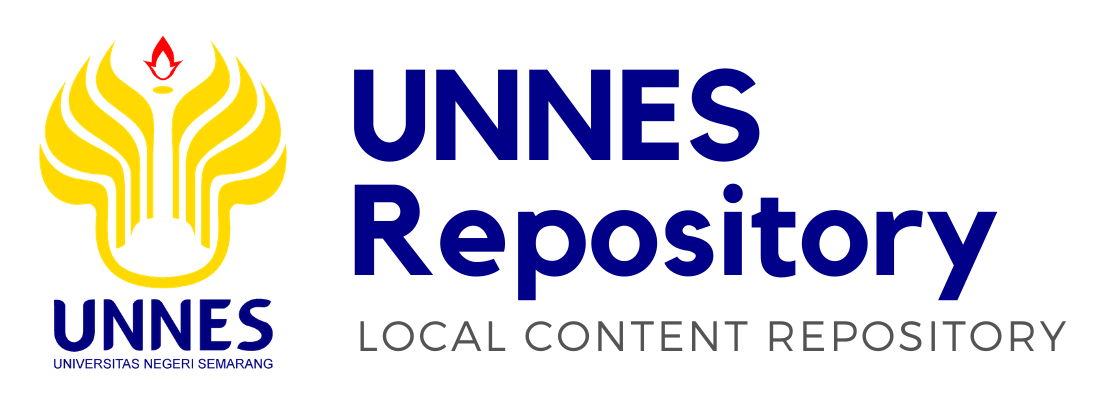PEMBERIAN PAKAN KOMBINASI LUMPUR LIMBAH KENTANG DAN FERMENTASI AMPAS KELAPA PADA LARVA Hermetia illucens
Ananda Sekar Ayuningtyas, 4411418013 (2022) PEMBERIAN PAKAN KOMBINASI LUMPUR LIMBAH KENTANG DAN FERMENTASI AMPAS KELAPA PADA LARVA Hermetia illucens. Under Graduates thesis, Universitas Negeri Semarang.
|
PDF
- Published Version
Restricted to Repository staff only Download (4MB) | Request a copy |
Abstract
Hermetia illucens (H. illucens) is an insect that can be used as animal feed. The larvae of H. illucens have a high protein content and can be used as a bioconversion agent for organic waste. The protein content of H. illucens larvae is obtained from the feed media used because H. illucens can convert abundant amounts of organic waste into biomass. Potato sludge and coconut pulp waste is waste that is not used but has good nutritional content. Coconut pulp contains high crude fiber so it is necessary to ferment first to reduce the crude fiber content so that it is easy for larvae to consume. The use of waste as a feed medium can reduce feed production costs and reduce environmental pollution due to waste. The purpose of this study was to analyze the combination of potato sludge waste feed and fermentation of coconut pulp to weight, life pass rate, waste reduction index in H. illucens larvae, and nutrient content in larvae. This study was conducted with 4 treatments and 5 tests A = control, B = potato sludge waste (75%) and fermentation of coconut pulp (25%), C = potato sludge waste (50%) and fermentation of coconut pulp (50%), and D = potato sludge waste (25%) and fermentation of coconut pulp (75%) using as much as 2 kg of waste / waste per test. Each test was stocked 5-DOL (Day Old Larvae) of 1333. After 12 days of seeding larvae being harvested, the harvest showed that the combined feed medium of potato sludge waste and fermented coconut pulp had a significant influence on individual weight, life pass rate, waste reduction index, and proximate content of H. illucens larvae. The highest individual weight was in the C treatment with an average weight of 0.19 gr. The highest survival rate in treatment D was (68.92%). The highest waste reduction index is in treatment D, which is 4.07 / day. The best protein content is found in the D treatment with a high protein value of 55.85%. The results of the analysis showed that the individual weight, life pass rate of waste / waste reduction index, and proximate content correlated because the more larvae that live, the more waste is consumed and the more organic matter consumed, the proximate content and individual weight in the larvae will be better because the larvae of H. illucens obtain nutrients from the feed media
| Item Type: | Thesis (Under Graduates) |
|---|---|
| Uncontrolled Keywords: | Feed, Fermentation, Hermetia illucens, Weight, Survival Rate, Waste reduction index |
| Subjects: | Q Science > Q Science (General) |
| Fakultas: | Fakultas Matematika dan Ilmu Pengetahuan Alam > Biologi, S1 |
| Depositing User: | TUKP unnes |
| Date Deposited: | 29 Mar 2023 02:11 |
| Last Modified: | 29 Mar 2023 02:11 |
| URI: | http://lib.unnes.ac.id/id/eprint/56767 |
Actions (login required)
 |
View Item |
